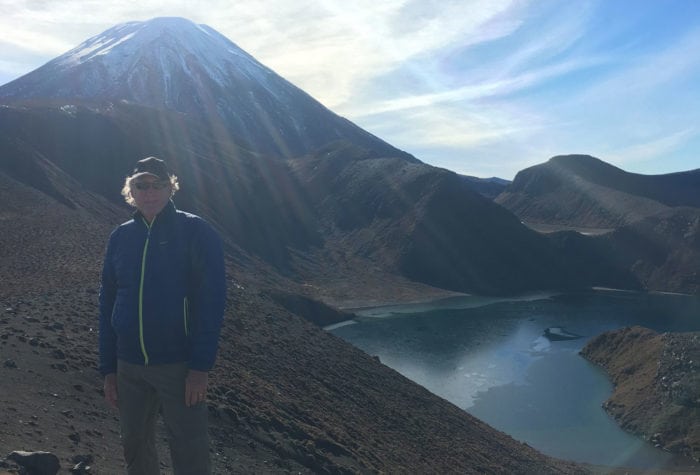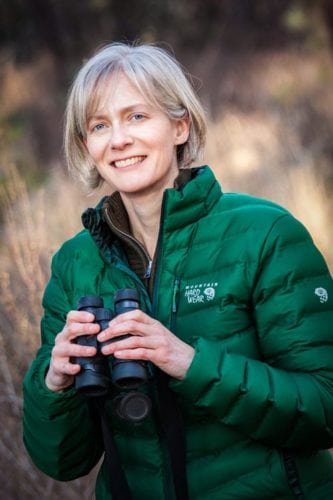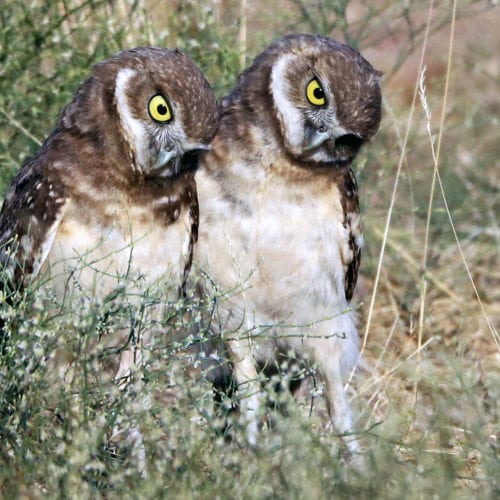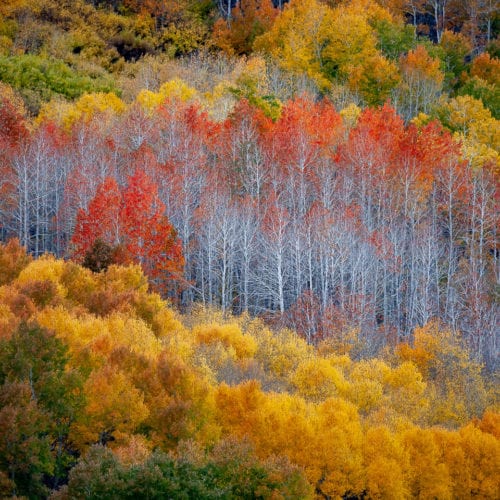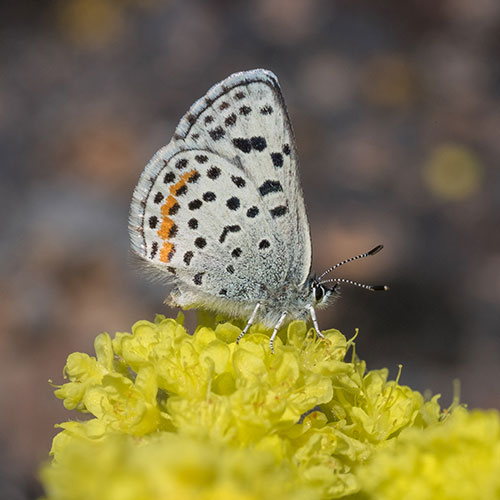Species Spotlight: Burrowing Owl
Author: LeeAnn Kriegh | Published: November 25, 2025 | Category: Species Spotlight A Funny Little Owl Pronghorn are perhaps the most graceful animal native to the high desert country of […]
Read MoreSpecies Spotlight: Quaking Aspen
Author: LeeAnn Kriegh | Published: September 15, 2020 | Category: Species Spotlight Why Aspen Quake The day I fell in love with Central Oregon, I woke to the sound of […]
Read MoreSee the World from a Butterfly’s Point of View
I wonder if butterflies might get annoyed by all the poetic language they attract. They’re “tiny rainbows,” “flying flowers,” or “ephemeral angels.” We use them as metaphors for transformation and […]
Read MoreSpecies Spotlight: Bluebirds
Bluebirds of Happiness By LeeAnn Kriegh Is there any bird that inspires more passion and poetry than bluebirds? Henry David Thoreau, for one, wrote eloquently of the bird that “carries […]
Read MoreSpecies Spotlight: Black Cottonwood
Where There’s Cottonwood, There’s Water. We recommend listening to this Cottonwood Canyon Riparian Soundscape while you read this Species Spotlight. At the new Riley Ranch Nature Reserve in Bend, a […]
Read More
